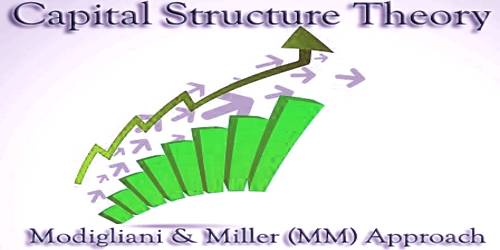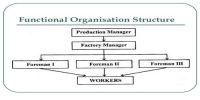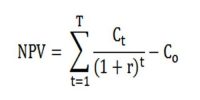The capital structure shows the composition of a group’s liabilities as it shows who has a claim on the group’s assets and whether it is a debt or equity claim. It is how a firm finances its overall operations and growth by using different sources of funds.
Modigliani-Miller models (MM models): We demonstrated in the use of financial leverage typically increases both risk and expected return. But how much return is required to compensate stockholders for the increase in risk? To help answer this question, we turn to capital structure theory. Although theory does not completely answer the question of optimal capital structure, it does provide useful insights into the benefits of debt versus the cost of using debt. Thus, an understanding of capital structure theory will aid someone who is establishing a firm’s target capital structure.
This approach was devised by Modigliani and Miller during 1950s. The fundamentals of Modigliani and Miller Approach resemble that of Net Operating Income Approach.
Capital structure theory consisted of loose assertions about investor behavior rather than carefully constructed models which would be tested statistically. In what has been called the most influential set of financial paper ever published, Franco Modigliani and Miller (MM) addressed the capital structure issue in rigorous, scientific fashion, and they set off a chain of research that continues to this day.
The basic Modigliani-Miller models proposition is based on the following key assumptions:
- There are no taxes.
- No transaction costs, as well as bankruptcy cost, is nil.
- There is a symmetry of information.
- The cost of borrowing is the same for investors as well as companies.
- There is no floatation cost.
- There is no corporate dividend tax.
- No effect of debt on a company’s earnings before interest and taxes.















